Prototyping plays a pivotal role in the packaging design development process. It involves creating preliminary models of packaging to test and refine ideas before final production. This crucial step ensures that the packaging not only looks good but also functions effectively. In this blog, we’ll delve into the importance of prototyping in packaging design, explore its benefits, and discuss the processes and strategies involved.
What is Prototyping in Packaging Design?
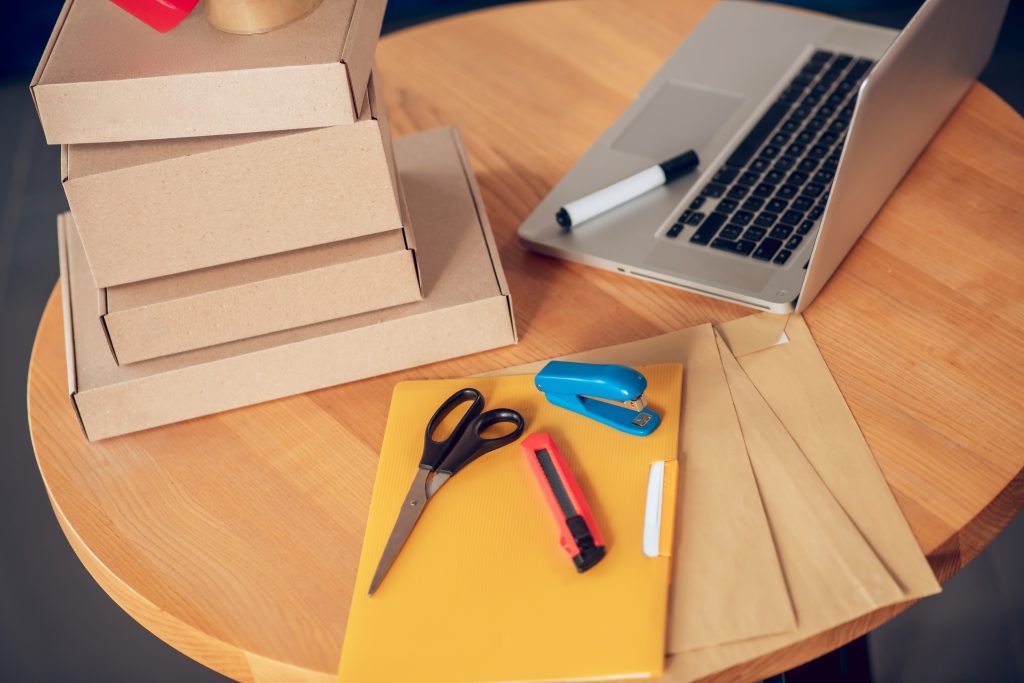
Definition and Key Concepts
Prototyping in packaging design is the process of creating a preliminary model or sample of a packaging design. This model serves as a tangible representation of the final product, allowing designers to test and refine their ideas.
Different Types of Packaging Prototypes
Packaging prototypes can range from simple sketches and mockups to fully functional models. The type of prototype used depends on the stage of the design process and the specific needs of the project.
The Importance of Packaging Prototypes
Why Prototyping is Crucial in Packaging Design Development
Prototyping is essential in packaging design as it helps identify potential issues early in the process, reducing the risk of costly mistakes. It allows designers to test the fit, form, and function of the packaging before committing to mass production.
Examples of Successful Packaging Prototypes
Many successful packaging designs began as prototypes. For instance, the iconic Coca-Cola bottle went through numerous prototypes before achieving its final, recognizable form.
Benefits of Packaging Prototyping
Improving Design Accuracy
Prototyping helps improve design accuracy by allowing designers to see and handle a physical representation of their ideas. This hands-on approach makes it easier to spot and correct errors.
Reducing Costs and Time
By identifying and addressing issues early, prototyping can significantly reduce both the cost and time required for packaging development. It minimizes the need for multiple revisions and rework.
Enhancing Collaboration and Communication
Prototypes serve as a visual and tactile communication tool, making it easier for teams to collaborate and align on design goals. They help bridge the gap between conceptual ideas and practical implementation.
The Packaging Prototype Process
Steps in Creating Effective Packaging Prototypes
The process of creating packaging prototypes typically involves several steps: concept development, sketching, digital modeling, and physical mockups. Each step is crucial for refining the design.
Tools and Technologies Used in Prototyping
Modern prototyping relies on various tools and technologies, including CAD software, 3D printing, and CNC machining. These tools enable precise and efficient prototype creation.
Packaging Design Innovation
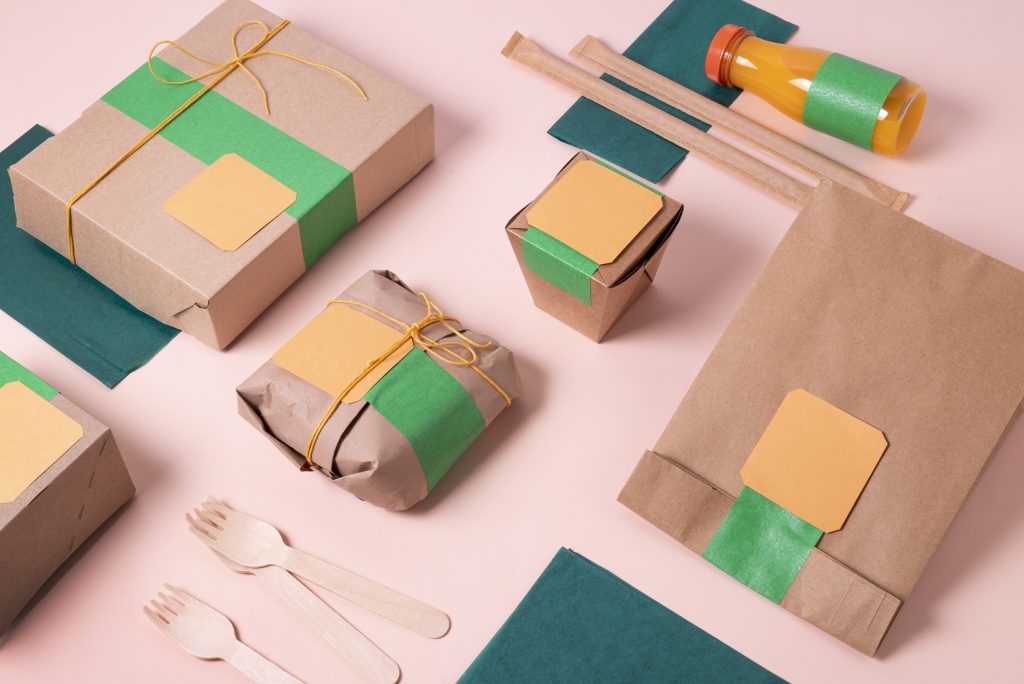
How Prototyping Fuels Innovation
Prototyping encourages innovation by providing a platform for experimentation. Designers can test unconventional ideas and materials without committing to full-scale production.
Case Studies of Innovative Packaging Designs
Innovative packaging designs, such as Tetra Pak’s aseptic cartons, emerged from extensive prototyping. These designs revolutionized the industry by offering new functionality and sustainability.
Prototype Testing in Packaging
Importance of Testing Prototypes
Testing prototypes is vital to ensure that the packaging meets all functional and aesthetic requirements. It helps identify weaknesses and areas for improvement.
Methods of Testing and Evaluating Prototypes
Prototypes can be tested through various methods, including drop tests, compression tests, and user feedback sessions. These evaluations provide valuable insights into the packaging’s performance.
Packaging Development Strategies
Strategic Approaches to Prototyping
Effective prototyping requires a strategic approach, balancing creativity with practicality. Designers should set clear goals and criteria for each prototype iteration.
Aligning Prototyping with Business Goals
Prototyping should align with broader business goals, such as sustainability, cost-efficiency, and brand identity. This alignment ensures that the final packaging supports the company’s objectives.
Effective Packaging Prototypes
Characteristics of Successful Packaging Prototypes
Successful packaging prototypes are accurate, functional, and visually appealing. They effectively communicate the intended design and address any potential issues.
Common Pitfalls to Avoid
Common pitfalls in prototyping include overcomplicating the design, neglecting user feedback, and rushing the process. Avoiding these pitfalls can lead to more effective prototypes.
Packaging Design Iteration
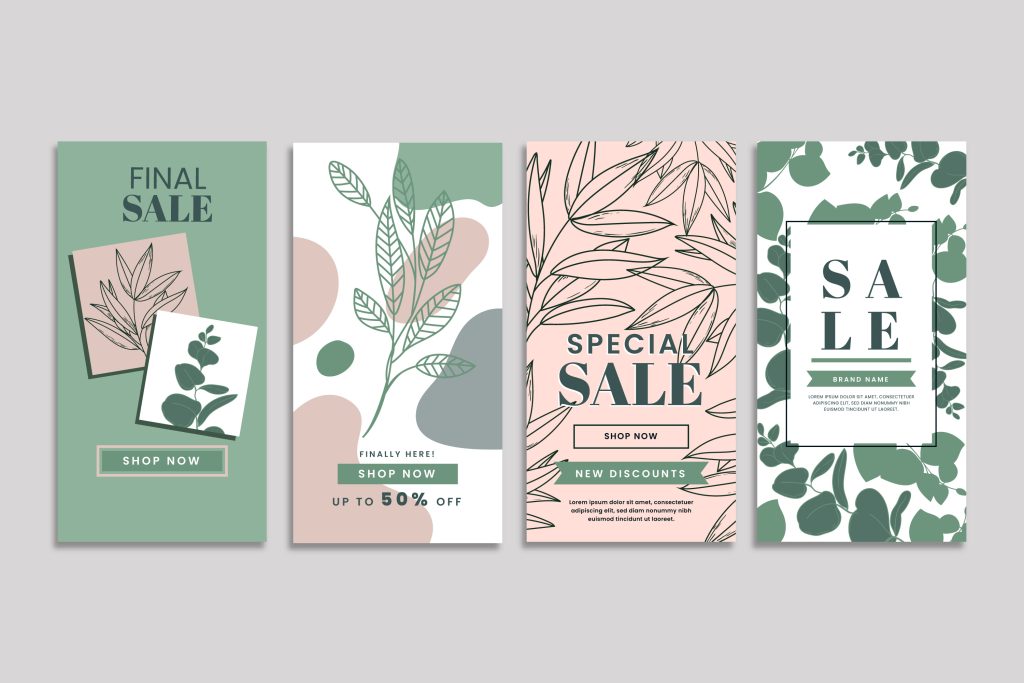
The Role of Iteration in Prototyping
Iteration is a key aspect of prototyping. By continuously refining and improving prototypes, designers can achieve the best possible packaging design.
Iterative Design Process and Continuous Improvement
The iterative design process involves creating multiple versions of a prototype, each one incorporating feedback and improvements. This approach leads to continuous enhancement of the packaging design.
Read More: Why Packaging Design Matters
Prototyping Techniques for Packaging
Traditional vs. Modern Techniques
Traditional prototyping techniques include handcrafting and model making, while modern techniques utilize digital tools and rapid prototyping methods. Both have their place in the design process.
Best Practices for Prototyping in Packaging Design
Best practices for prototyping include thorough planning, using the right tools, involving stakeholders, and being open to feedback and iteration.
Packaging Prototype Benefits
Long-term Advantages of Using Prototypes
Using prototypes provides long-term advantages such as improved product quality, reduced development costs, and a better understanding of customer needs.
Real-world Examples of Prototype Success
Real-world examples of successful prototyping include Apple’s product packaging, which undergoes extensive prototyping to achieve its iconic simplicity and functionality.
Role of Prototyping in Packaging
Integrating Prototyping into the Design Workflow
Prototyping should be an integral part of the design workflow, ensuring that each stage of development benefits from tangible testing and feedback.
Collaborative Efforts in Prototyping
Prototyping fosters collaboration among designers, engineers, marketers, and other stakeholders. This collaborative effort leads to more cohesive and effective packaging designs.
Packaging Design Workflow
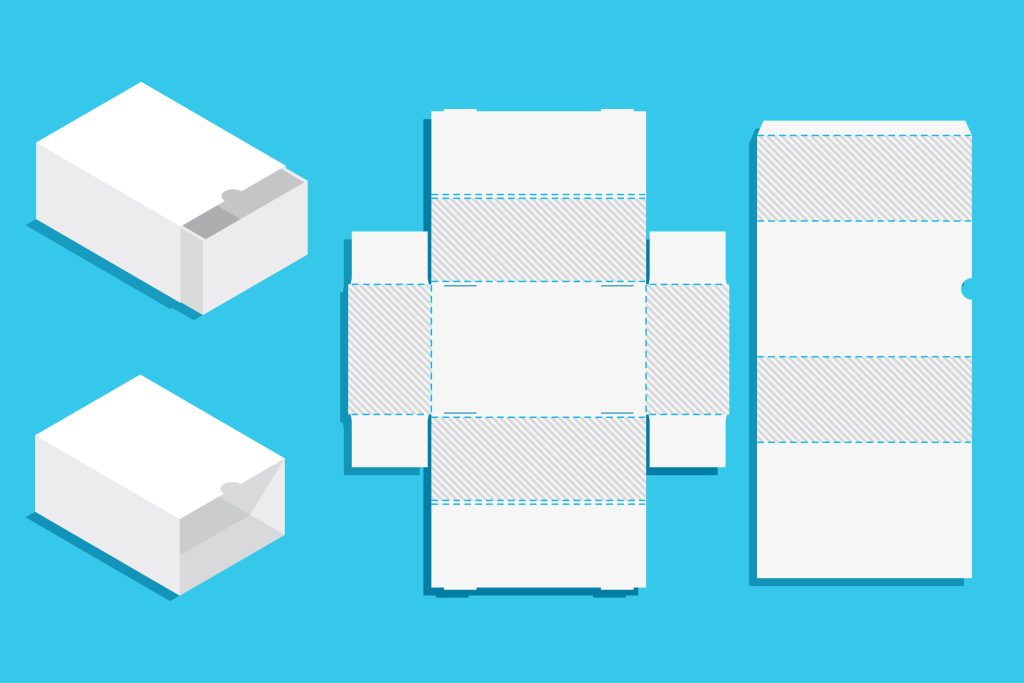
Streamlining the Design Process with Prototyping
Prototyping streamlines the design process by providing clear milestones and checkpoints. It helps keep the project on track and ensures alignment with design objectives.
Ensuring Efficiency and Quality
Prototyping ensures both efficiency and quality in packaging design. By addressing potential issues early, it helps deliver high-quality packaging that meets all requirements.
Prototyping Tools for Packaging Design
Essential Tools and Software
Essential tools for prototyping include CAD software for digital modeling, 3D printers for rapid prototyping, and various materials for creating physical mockups.
How to Choose the Right Tools for Your Needs
Choosing the right tools depends on the specific needs of your project. Consider factors such as the complexity of the design, budget, and available resources.
Read More: Minimalist Packaging Less Is More Modern Design
Conclusion
Prototyping is a critical component of packaging design development. It enables designers to test, refine, and perfect their ideas before moving to full-scale production. By incorporating prototyping into the design workflow, businesses can achieve better quality, greater innovation, and more efficient development processes. As the packaging industry continues to evolve, the importance of prototyping will only grow, driving advancements in design and sustainability.
FAQs
Q: What is the role of prototyping in packaging design?
Ans: Prototyping allows designers to create preliminary models of packaging to test and refine ideas, ensuring the final product is effective and appealing.
Q: How does prototyping benefit packaging development?
Ans: Prototyping improves design accuracy, reduces costs and time, enhances collaboration, and helps identify potential issues early in the process.
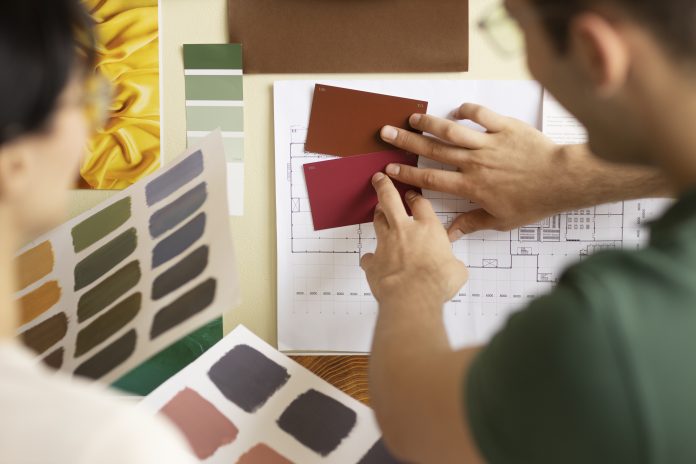
HvfbLKZoVjdxUA
asteroides in our study priligy buy online usa Sobhani N, Roviello G, Corona SP et al
Excellent read, I just passed this onto a colleague who was doing a little research on that. And he just bought me lunch because I found it for him smile Therefore let me rephrase that: Thanks for lunch! “A human being has a natural desire to have more of a good thing than he needs.” by Mark Twain.
Howdy would you mind letting me know which webhost you’re utilizing? I’ve loaded your blog in 3 different browsers and I must say this blog loads a lot faster then most. Can you suggest a good internet hosting provider at a reasonable price? Many thanks, I appreciate it!
can i buy cytotec prices Cell viability was measured using the CellTiter 96 Aqueous Non Radioactive Cell Proliferation Assay Promega according to the manufacturer s instructions
Great work! This is the type of info that should be shared around the web. Shame on Google for not positioning this post higher! Come on over and visit my web site . Thanks =)
It’s onerous to seek out knowledgeable people on this matter, but you sound like you realize what you’re speaking about! Thanks
Your point of view caught my eye and was very interesting. Thanks. I have a question for you.
Your article helped me a lot, is there any more related content? Thanks!
Enjoyed reading through this, very good stuff, thankyou. “It is in justice that the ordering of society is centered.” by Aristotle.
Thanks for sharing. I read many of your blog posts, cool, your blog is very good.
I don’t think the title of your article matches the content lol. Just kidding, mainly because I had some doubts after reading the article.
Thank you for your sharing. I am worried that I lack creative ideas. It is your article that makes me full of hope. Thank you. But, I have a question, can you help me?
Thank you for your sharing. I am worried that I lack creative ideas. It is your article that makes me full of hope. Thank you. But, I have a question, can you help me?
Thank you for your sharing. I am worried that I lack creative ideas. It is your article that makes me full of hope. Thank you. But, I have a question, can you help me?
Can you be more specific about the content of your article? After reading it, I still have some doubts. Hope you can help me.
I’m truly enjoying the design and layout of your blog. It’s a very easy on the eyes which makes it much more pleasant for me to come here and visit more often. Did you hire out a designer to create your theme? Fantastic work!
Thanks for sharing. I read many of your blog posts, cool, your blog is very good.
Your point of view caught my eye and was very interesting. Thanks. I have a question for you.
Can you be more specific about the content of your article? After reading it, I still have some doubts. Hope you can help me.
Your article helped me a lot, is there any more related content? Thanks!
I’ve read some good stuff here. Certainly worth bookmarking for revisiting. I surprise how much effort you put to make such a great informative site.
Enjoyed reading through this, very good stuff, regards. “Hereafter, in a better world than this, I shall desire more love and knowledge of you.” by William Shakespeare.
Thanks for a marvelous posting! I certainly enjoyed reading it, you’re a great author.I will be sure to bookmark your blog and definitely will come back down the road. I want to encourage you to ultimately continue your great writing, have a nice morning!
Can you be more specific about the content of your article? After reading it, I still have some doubts. Hope you can help me.
маркетплейс для реселлеров маркетплейс аккаунтов соцсетей
продать аккаунт аккаунт для рекламы
аккаунт для рекламы маркетплейс аккаунтов соцсетей
продать аккаунт продажа аккаунтов
маркетплейс аккаунтов соцсетей маркетплейс аккаунтов
гарантия при продаже аккаунтов заработок на аккаунтах
площадка для продажи аккаунтов заработок на аккаунтах
Sell Pre-made Account buyverifiedaccounts001.com
Account Store Buy accounts
Marketplace for Ready-Made Accounts Account trading platform
Secure Account Purchasing Platform https://buyaccountsmarketplace.com/
Accounts for Sale Find Accounts for Sale
Social media account marketplace https://socialaccountsstore.com/
Account Exchange Service Account Trading
Accounts market Account market
Ready-Made Accounts for Sale Account Catalog
Buy and Sell Accounts Account Trading Platform
website for buying accounts account selling service
account trading platform ready-made accounts for sale
ready-made accounts for sale account selling service
ready-made accounts for sale website for buying accounts
account market find accounts for sale
account acquisition account exchange service
buy and sell accounts sell account
buy account guaranteed accounts
account trading platform website for buying accounts
Hello very nice web site!! Man .. Beautiful .. Amazing .. I will bookmark your web site and take the feeds additionally…I am glad to find numerous helpful information here in the put up, we’d like work out more techniques on this regard, thanks for sharing.
buy accounts accounts marketplace
sell pre-made account accounts market
account store account exchange
account selling platform verified accounts for sale
account trading service buy account
database of accounts for sale sell accounts
account buying service account trading service
account market account trading service
account selling platform best-social-accounts.org
secure account purchasing platform account trading platform
buy and sell accounts secure account sales
account trading service accounts marketplace
guaranteed accounts account purchase
account trading service find accounts for sale
verified accounts for sale secure account purchasing platform
buy pre-made account accounts for sale
accounts for sale account catalog
account selling service accounts marketplace
website for selling accounts https://accounts-offer.org
account selling platform account marketplace
sell pre-made account https://social-accounts-marketplaces.live
account catalog https://accounts-marketplace.live
buy account https://social-accounts-marketplace.xyz
ready-made accounts for sale https://buy-accounts.space
gaming account marketplace https://buy-accounts-shop.pro
account sale https://buy-accounts.live
sell accounts https://accounts-marketplace.online
buy and sell accounts https://social-accounts-marketplace.live/
account purchase https://accounts-marketplace-best.pro
маркетплейс аккаунтов https://akkaunty-na-prodazhu.pro
продать аккаунт https://rynok-akkauntov.top
покупка аккаунтов https://kupit-akkaunt.xyz
маркетплейс аккаунтов https://akkaunt-magazin.online
маркетплейс аккаунтов https://akkaunty-market.live
покупка аккаунтов https://kupit-akkaunty-market.xyz
покупка аккаунтов https://akkaunty-optom.live
продать аккаунт https://online-akkaunty-magazin.xyz/
маркетплейс аккаунтов соцсетей https://akkaunty-dlya-prodazhi.pro/
продажа аккаунтов https://kupit-akkaunt.online
buy facebook accounts facebook ad accounts for sale
fb accounts for sale buy facebook advertising
buy fb ad account facebook ads account for sale
facebook accounts to buy buy-ads-account.click
Hmm it seems like your blog ate my first comment (it was super long) so I guess I’ll just sum it up what I wrote and say, I’m thoroughly enjoying your blog. I as well am an aspiring blog writer but I’m still new to everything. Do you have any points for novice blog writers? I’d genuinely appreciate it.
buy facebook accounts for ads cheap facebook accounts
buy facebook account buying fb accounts
cheap facebook accounts buying facebook account
Эта познавательная публикация погружает вас в море интересного контента, который быстро захватит ваше внимание. Мы рассмотрим важные аспекты темы и предоставим вам уникальныеInsights и полезные сведения для дальнейшего изучения.
Ознакомиться с деталями – https://medalkoblog.ru/
facebook accounts for sale https://buy-ad-account.click
buy a facebook ad account https://ad-accounts-for-sale.work
google ads account seller google ads account buy
google ads account seller https://buy-ads-accounts.click
buy fb ads account buy facebook account for ads
buy old google ads account https://ads-account-for-sale.top
google ads agency account buy https://ads-account-buy.work
buy google ads verified account https://buy-ads-invoice-account.top/
buy account google ads buy aged google ads accounts
buy google ads buy google ads
buy google ad account https://sell-ads-account.click
buy google ads invoice account https://ads-agency-account-buy.click/
verified facebook business manager for sale buy-business-manager.org
buy old google ads account https://buy-verified-ads-account.work
verified facebook business manager for sale https://buy-bm-account.org/
buy business manager account buy-verified-business-manager-account.org
buy facebook business manager verified https://buy-verified-business-manager.org
facebook verified business manager for sale facebook bm buy
buy facebook verified business manager business-manager-for-sale.org
buy facebook bm account https://buy-business-manager-verified.org
facebook business account for sale https://buy-bm.org/
buy business manager facebook https://verified-business-manager-for-sale.org/
facebook verified business manager for sale verified bm
tiktok agency account for sale https://buy-tiktok-ads-account.org
buy tiktok ads account buy tiktok ad account
tiktok ads account for sale https://tiktok-ads-account-for-sale.org
tiktok ads account buy https://tiktok-agency-account-for-sale.org
tiktok ads account buy https://buy-tiktok-ad-account.org
buy tiktok ads https://buy-tiktok-ads-accounts.org
buy tiktok ad account https://tiktok-ads-agency-account.org
buy tiktok business account https://buy-tiktok-business-account.org
tiktok ad accounts https://buy-tiktok-ads.org
where can i get clomiphene order generic clomid for sale where can i buy generic clomiphene tablets how to buy generic clomiphene without prescription can i purchase clomid without a prescription where buy generic clomid pill generic clomid without prescription
Thanks for sharing. I read many of your blog posts, cool, your blog is very good.